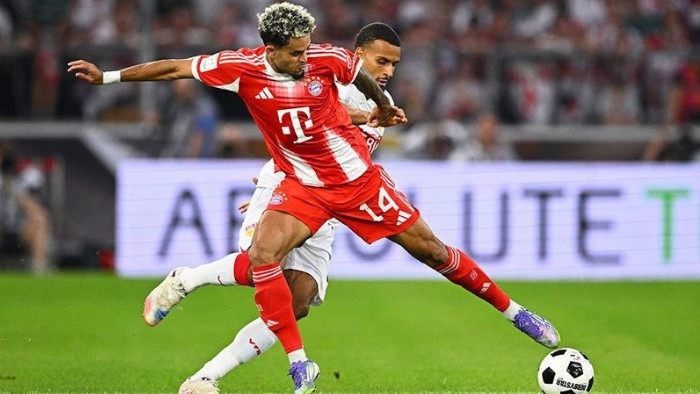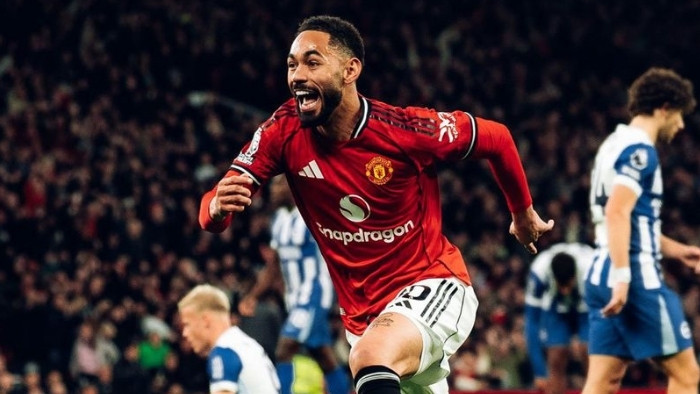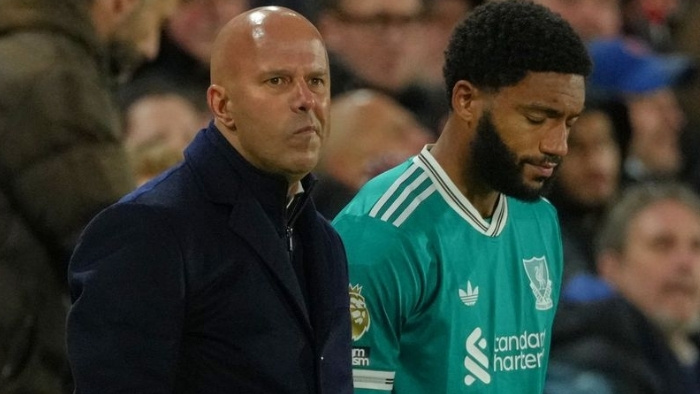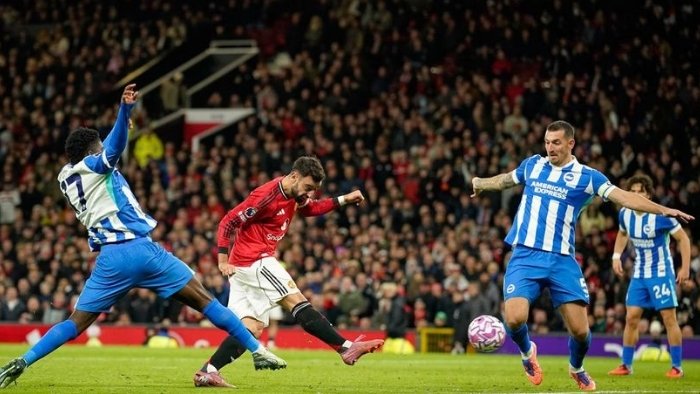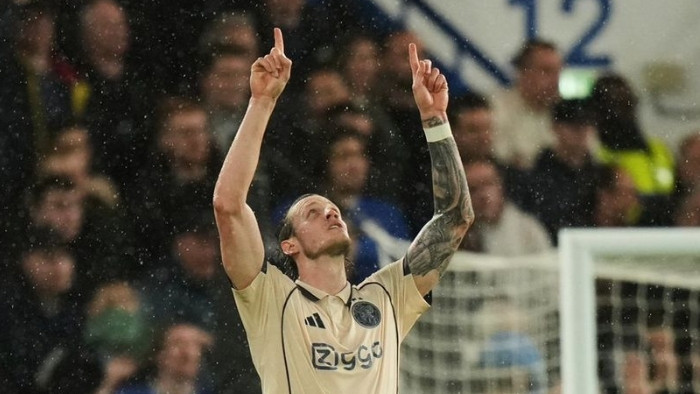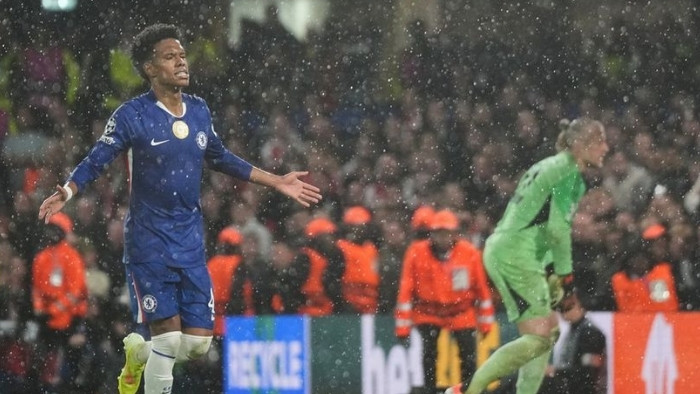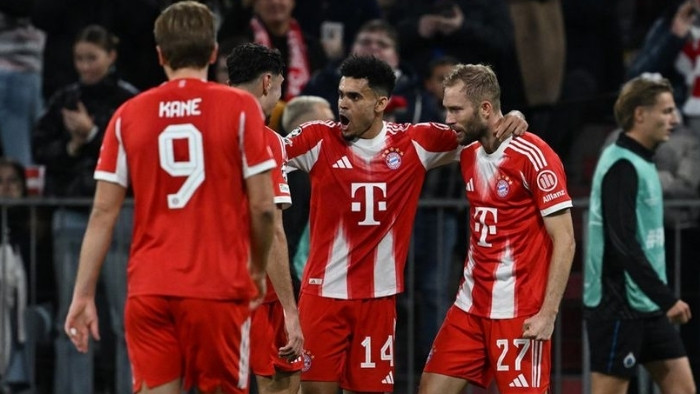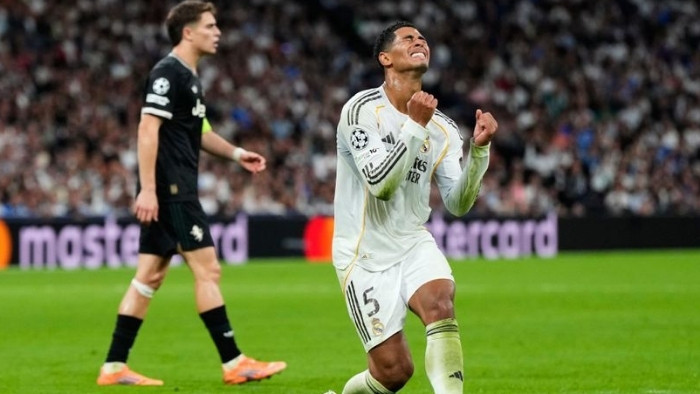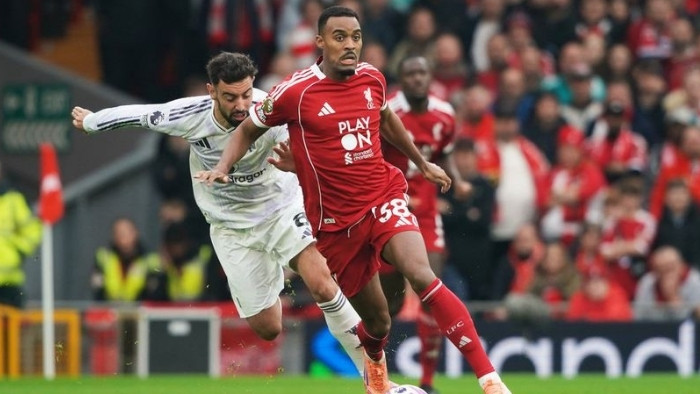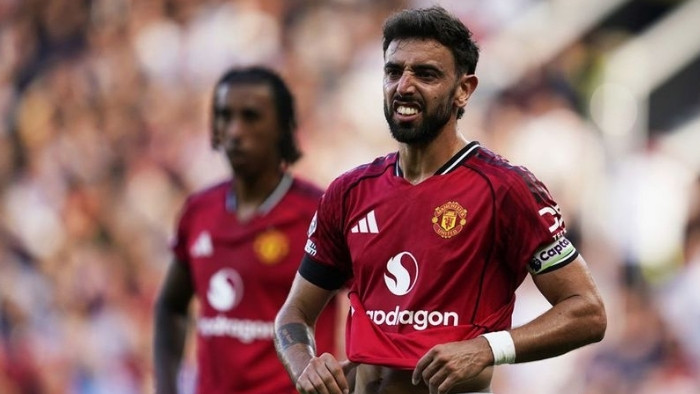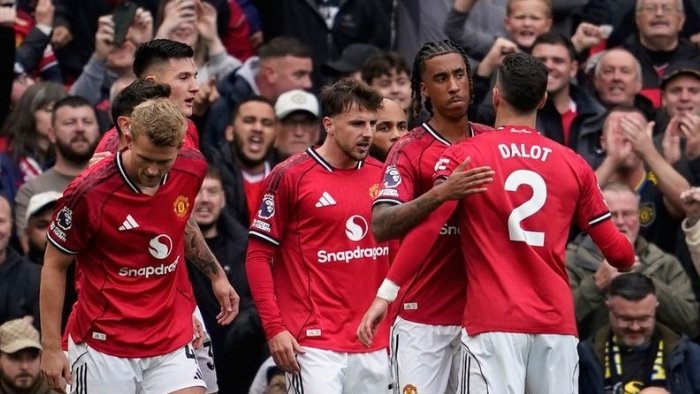Searching for the Root of the Chaos
Liverpool no longer look like their old dominant selves. The team struggles to control matches and maintain rhythm. Many fans ask the same question: where did it all begin?
Some believe the answer lies in one major event—the departure of Luis Díaz. Since he left, Liverpool’s attack feels disjointed. The energy that once frightened defenders now seems inconsistent.
This situation forces Jürgen Klopp’s successor to face a new reality. Liverpool must rebuild balance without the spark that Díaz once provided.
Life After Luis Díaz
When Luis Díaz joined from Porto, he brought chaos in the best way. His direct runs, fearless dribbles, and tireless pressing defined Liverpool’s intensity. Every attack carried threat and unpredictability.
However, after his departure, Liverpool lost that fearless edge. Their wingers play with hesitation, and the forward line looks predictable. Without Díaz’s dynamism, opponents defend with confidence.
Moreover, the chemistry between Mohamed Salah and the rest of the attack weakened. Díaz’s absence disrupted that crucial triangle of speed, movement, and improvisation.
The Domino Effect on the Front Line
Football always functions like a chain reaction. When one piece moves, the entire system shifts. Díaz’s exit created ripple effects throughout the squad.
Darwin Núñez now carries heavier expectations. The Uruguayan works hard but often looks isolated. He thrives on chaos, yet without Díaz’s support, his runs become wasted energy.
Cody Gakpo tries to fill the gap, but his style differs. He prefers possession play, not constant vertical pressure. That shift slows Liverpool’s attacks.
Consequently, the team’s counter-attacking identity fades. Without balance on the wings, transitions lose bite.
Klopp’s System Loses Its Bite
Under Klopp, Liverpool thrived on high-energy pressing. Every player moved as one unit. Yet after Díaz’s departure, that synchronization faded.
The left flank once dictated tempo. Now, attacks often stall or circle backward. Opponents exploit the lack of urgency, breaking Liverpool’s rhythm.
The midfield also suffers. Without wide support, players like Dominik Szoboszlai and Alexis Mac Allister struggle to find passing lanes. Possession becomes sterile rather than explosive.
Tactical Adjustments That Miss the Mark
Liverpool tried various tactical tweaks to compensate. They experimented with inverted wingers and advanced full-backs. However, none recreated Díaz’s influence.
Klopp’s successor attempts to blend structure with freedom, yet the identity looks blurred. The pressing still exists but lacks cohesion. The team reacts slower, losing second balls more frequently.
Every change feels temporary rather than transformative. The system needs a fresh catalyst, someone capable of restoring chaos in creativity.
The Psychological Impact on the Squad
Beyond tactics, Díaz’s departure also hit the dressing room emotionally. He was more than a winger; he was an energizer. His passion lifted teammates in tough matches.
Now, that infectious energy feels missing. The squad plays with less joy and fewer smiles. Confidence drops quickly after conceding a goal.
Even veterans like Salah and Van Dijk notice the difference. They lead with professionalism but miss that spark of spontaneity Díaz often brought.
The Fans Feel the Void
Liverpool supporters still sing with pride, yet Anfield no longer vibrates with the same fire. They sense something intangible vanished from the pitch.
Many fans describe matches as “flat.” The excitement that once defined Klopp’s era fades with every cautious build-up. The crowd waits for a moment of magic, but few arrive.
Social media echoes the same frustration. Some blame recruitment, others point to fatigue. But most agree: losing Díaz triggered imbalance.
Searching for a New Source of Inspiration
Liverpool must find a new symbol of chaos—someone who breaks patterns and revives unpredictability. The current lineup holds quality, yet inspiration looks scarce.
Players like Harvey Elliott and Ben Doak show promise. However, they still lack Díaz’s experience and fearlessness. The coaching staff must nurture them patiently.
Perhaps the answer lies in system evolution rather than personnel. If Liverpool can rebuild collective intensity, individual brilliance will follow naturally.
Leadership Under Pressure
The current manager shoulders heavy responsibility. He must protect morale while implementing changes. Every decision faces scrutiny, and every result defines narrative.
He keeps emphasizing trust and continuity. The message remains clear: rebuild from unity, not nostalgia. Yet execution remains challenging.
Leadership requires courage, and Liverpool’s next phase demands exactly that. The world watches how the club adapts after losing one of its emotional engines.
Lessons from the Past
Liverpool have survived transitions before. They lost legends like Suarez, Coutinho, and Mane. Each time, they eventually rebuilt identity.
Therefore, the challenge after Díaz’s exit might be temporary. The club’s philosophy of attacking bravery still lives inside its DNA. It only needs a new voice to reignite it.
Fans must remember that evolution often looks chaotic before clarity appears. Liverpool’s resilience has always defined their greatness.
The Road Ahead
Liverpool now stand at a crossroads. One path leads to stagnation; the other leads to reinvention. Díaz’s absence exposed flaws, but it also revealed opportunities.
With proper adjustments, the team can rediscover rhythm. It starts with belief, discipline, and rediscovery of purpose. The next few months will test that resolve.
Whether or not Díaz’s departure marked the beginning of decline, it undeniably became a turning point. Liverpool’s future depends on how they respond.
If history proves anything, Liverpool never stay down for long.
